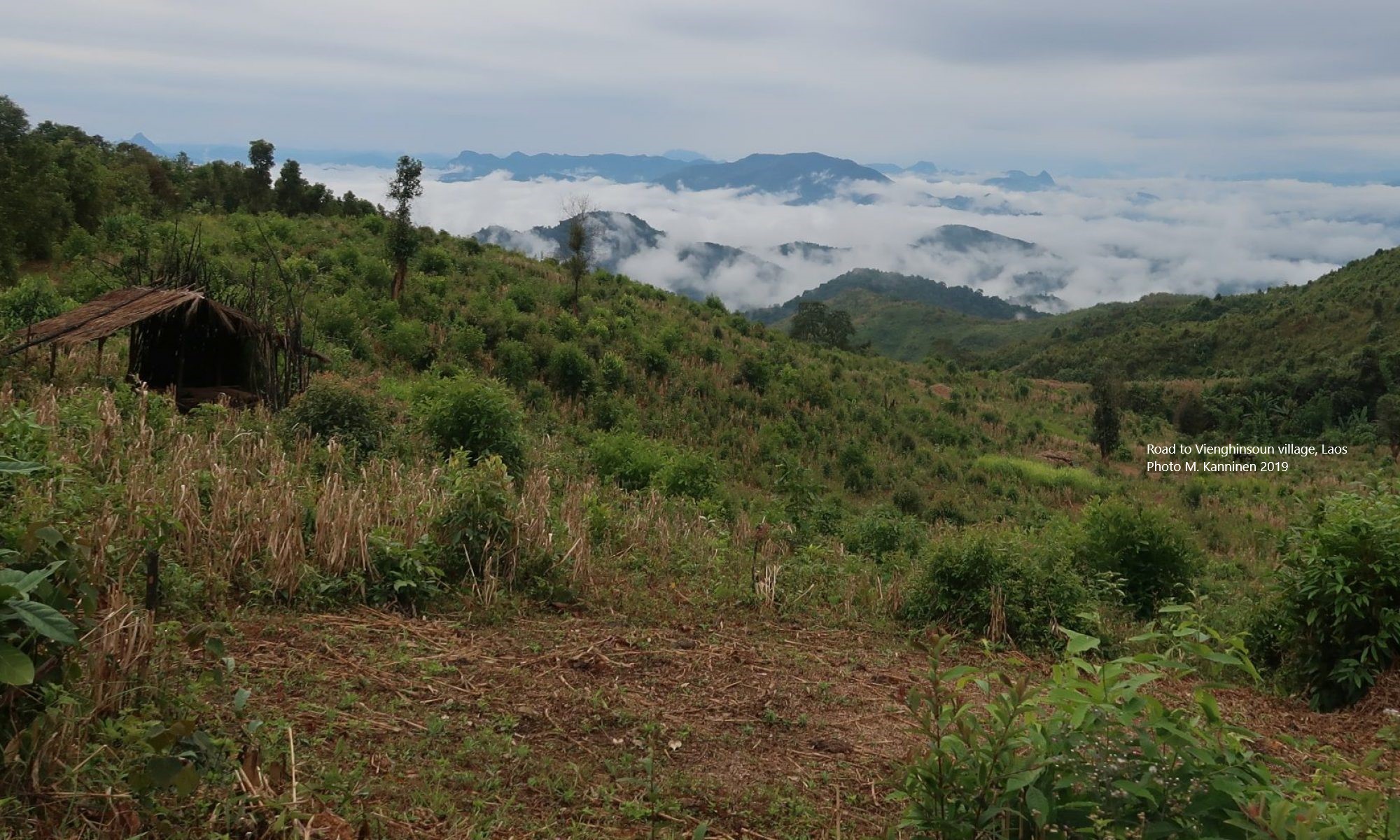Improvement of traditional Acacia senegal agroforestry in the Sudan (1998-2000)
Researcher in charge: Olavi Luukkanen
Funding period:1998 – 2000
Funding source: Academy of Finland
Partners: University of Khartoum; Forests National Corporation (FNC) & Forestry Research Centre, Khartoum
Abstract
The Sudan efforts to restock the gum arabic belt have not been met with great success, due to a poor quality of tree seedlings and the lack of proper management guidelines or understanding of the beneficial agro-ecological effects the tree. The changing economic and social situation and repeated serious droughts demanded a re-examination of the knowledge of A. senegal and the creation of new management recommendations that can then readily be adopted by rural people.
Restocking of the gum beft Is a great challenge and financial burden to the national government, rural extension and non-governmental organizations, and individual farmers. Cheaper and more efficient regeneration techniques for A. senegal were aimed at leading to
economic benefits and improvement of the whole farming system. Development of genetically and physiologically improved planting stock of A. senegal for agroforestry and reforestation was expected to yield better tree survival and production and contribute to increased use of this tree species in the whole Sahellan zone, whereby cash income, subsistence products and other socio-economlc benefits would especiaily be generated for women.
